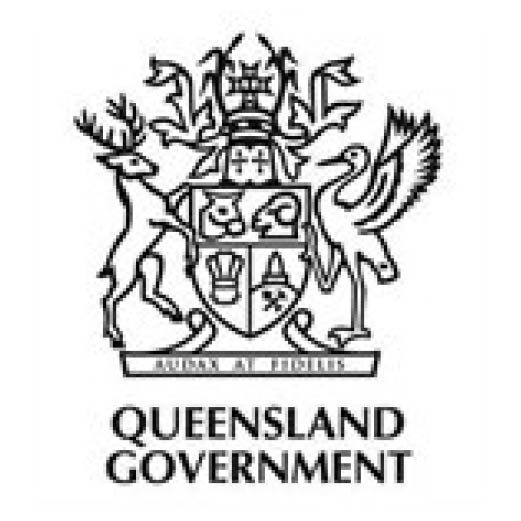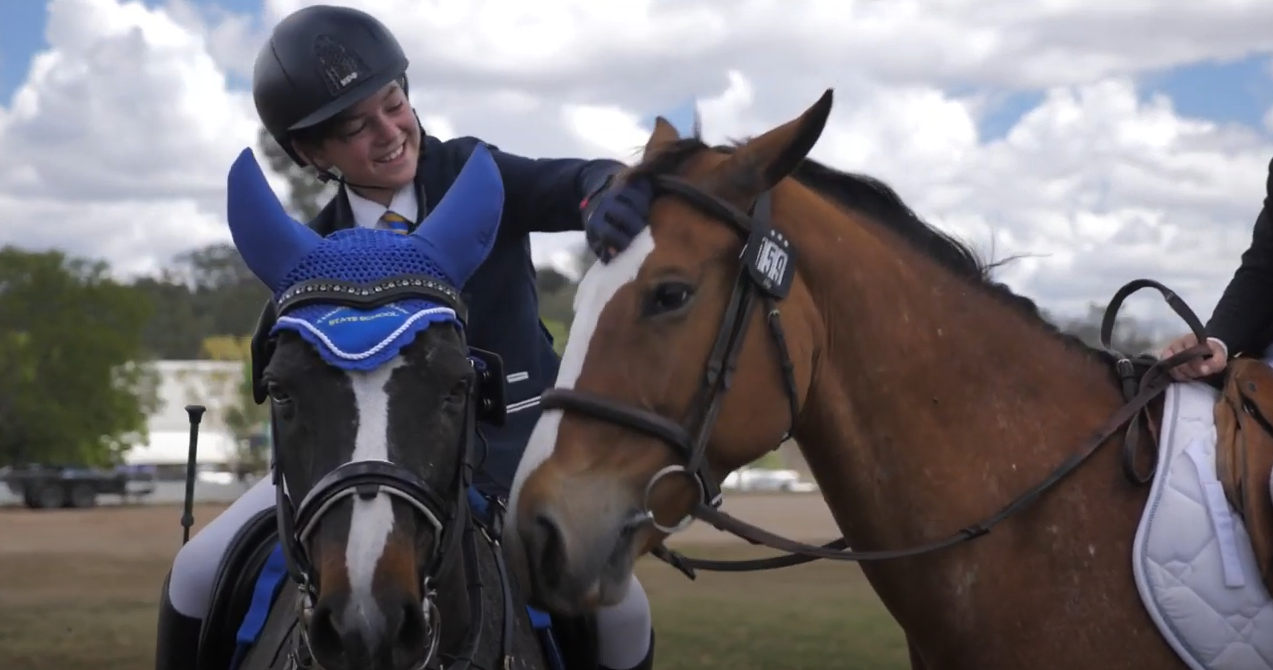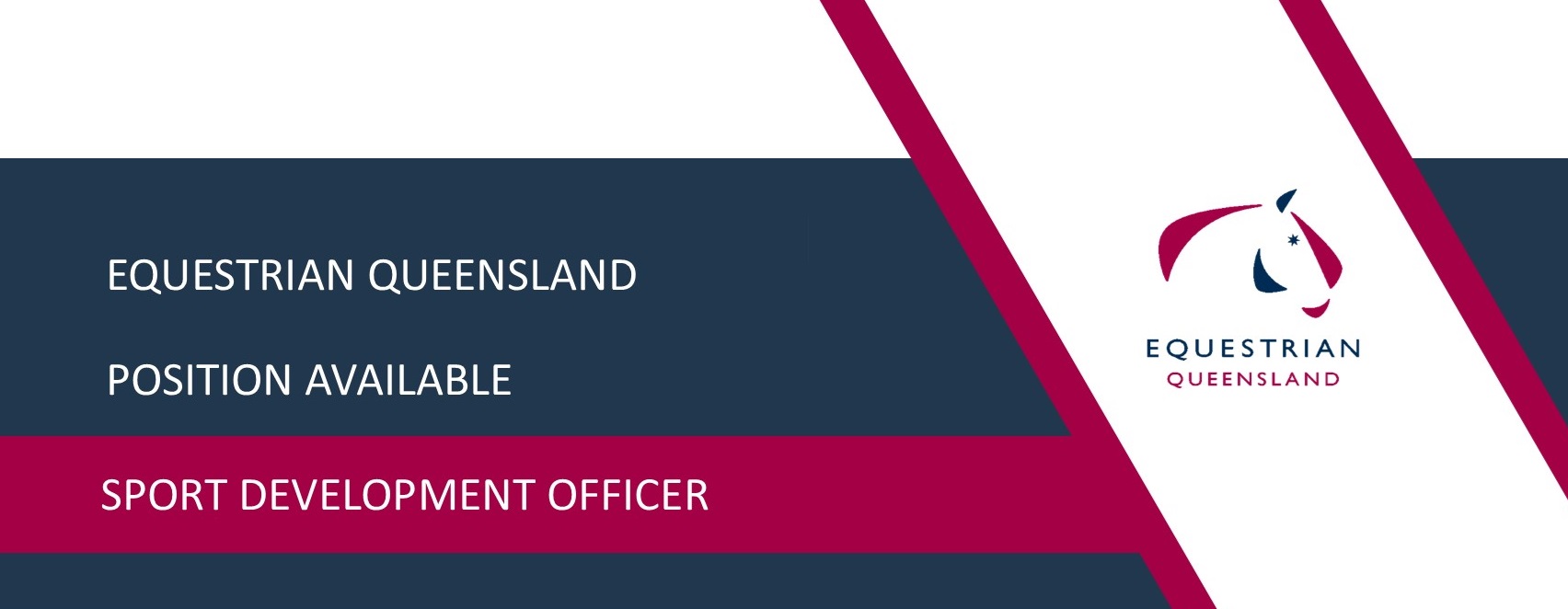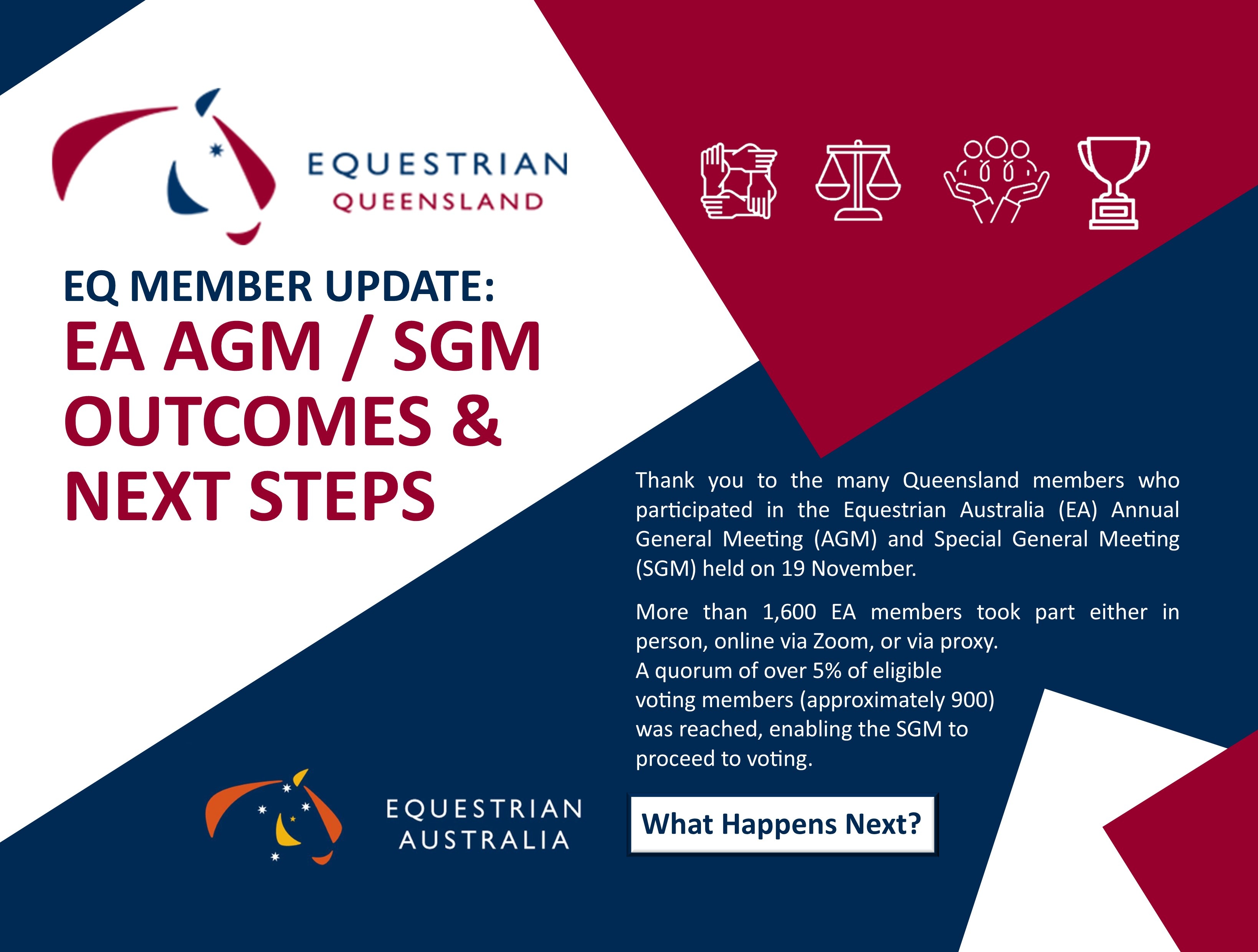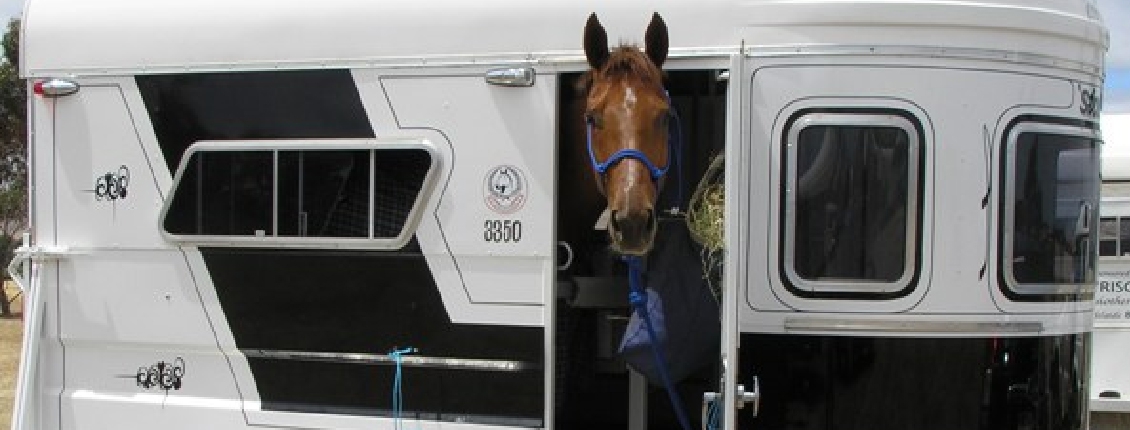
Arriving at the venue safely – tips for travelling horses
In Australia, where I currently live, it is quite common to have to travel horses very long distances to attend organised competitive events or clinics, sometimes over many days. For example, from where I live in Queensland to compete at the Nationals in Sydney is about fifteen hours, so a two-day trip. To compete in Melbourne is a 24-hour trip, so often done over three days. To us, a four-hour trip is considered a local event. In New Zealand the distances travelled are much less vast, I remember thinking an hour was a ridiculous distance to drive for an event when I was doing pony club in Northland. However it can often be necessary to travel competition horses over what we would consider a ‘high risk’ distance for stress and illness.
I cannot stress enough the importance of planning ahead when travelling horses to events or clinics. There are a number of factors to consider when planning a trip:
- Travel
Firstly, what distance am I travelling? Is it five minutes down the road, or am I looking at a trip of many hours. Any float trip over four hours is considered to have an increased risk of stress and stress-related travel illness. It is very important that horses are given a break from travelling every three to four hours, even if its just to pull over on the side of the road and offer them some water. If the float trip is going to be longer than six hours you should plan at least one break where you can get the horse off and allow them to stretch their neck down and eat. Why is this so important? Horses are designed to spend 24 hours a day out in the paddock, a lot of that time with their neck stretched down grazing on grass. They continually secrete mucosal discharge from their guttural pouch and sinuses, and rely on the action of chewing to open their guttural pouches (mucosa-lined air sacs located within the horse’s skull) and allow them to drain. Additionally, the position of their head and neck downwards allows this mucosal discharge to drain out their nose, hence the reason you will often see horses snorting frequently while they are grazing, they are expelling the discharge. When horses are travelled for long periods of time with their head and neck positioned up, such as over a chest bar, they are unable to expel the discharge. Even if they are chewing on hay, the discharge tends to drain backwards down their trachea and into their lungs. The collection of discharge in the lungs, coupled with the stress of travelling tending to cause a reduction in immune response, leaves a horse at risk of developing Travel Sickness. Travel Sickness is a primary respiratory infection that may present with lethargy and inappetence coupled with an elevation in body temperature, heart rate and respiratory rate. A cough often develops, which can persist for many months, and in severe cases can result in pneumonia, systemic failure, laminitis and death. This is why it is imperative that horses are unloaded frequently and allowed to graze with their heads down to both drain their guttural pouch and allow them to expel any built-up secretions. The biggest risk factors for Travel Sickness is travel for longer than six hours, head tied up, dusty hay, vehicle exhaust fumes, and stress. Stress can arise from travel in particularly hot conditions, travel in heavy traffic, or a horse that finds travel particularly distressing. In these situations the risk factor of time should be considerably reduced from six hours to even three or even two hours.
What do you do if your horse starts showing signs of Travel Sickness? Firstly, stop travel immediately. Unload the horse and allow him to graze, if he wants to. Seek urgent veterinary attention, and consider anti-inflammatories, antibiotics and icing the hooves to reduce the risk of laminitis. Seriously consider the risk of continuing travel, and if necessary to do so make sure the horse is unloaded every one to two hours and allowed to graze. Continue to ice the hooves throughout the journey. Prophylactic antibiotics prior to the start of travel to reduce the risk of bacterial infection is not recommended. Antibiotics are not selective in the bacteria they target, and will knock out the good gut bacteria essential to digestion. This coupled with the stress of travel can leave the horse at risk of developing colitis and colic.
Ensure the horse has sufficient hay to last him the trip. As previously mentioned, horses are physiologically designed to be outside grazing most of the day. As such, unlike humans that secrete digestive acids in response to food stimuli, the stomach of the horse continually secretes gastric acids regardless of whether they are eating or not. The act of chewing produces saliva, which buffers the gastric acids and helps prevent the acids from burning the stomach lining and causing ulcers. A horse that is only fed intermittently, or fed foods that are rapidly ingested and digested, such as concentrated feeds, will spend a considerable amount of time with its stomach bathed in unbuffered gastric acids, and will end up with gastric ulcers. Stress from travel can also exacerbate these ulcers. Feeding a fibrous hay that requires some chewing on behalf of the horse will not only keep the stomach and digestive tract full and functioning, and reduce gastric acid splash, but chewing will also produce saliva to buffer those gastric acids and neutralise them. The general recommendation is to avoid grains and concentrated feeds 12-24 hours prior to travelling a long distance and only feed hay, to reduce heat build-up in the gut and minimise the risk of both gastric ulcers and gas colic.
If the trip is to take place over many days make sure you have planned well ahead and know where you will be stopping and what is available to you when you stop. This is not only for overnight rest breaks, but also for unloading during the day. Most show grounds will have yards available where you can put the horse to allow him some time to himself to rest and relax.
- Temperature
The second factor to consider when traveling is the temperature. Again, in New Zealand the climate tends to be pretty stable, but in Australia its not uncommon to depart one state where the temperature is around 30 degrees to arrive in another state where the temperature is below 10. So when planning your trip consider possible temperature fluctuations and how you might manage the travel. This may also affect your packing for the horse, for example if its very hot at home you may not be layering extra rugs at night, but if its very cool or very wet at your destination, then you don’t want to be caught out with inadequate warmth or sufficient dry rugs for your horse and risk him becoming chilled.
Hot conditions can leave a horse susceptible to heat stress, which can lead to systemic failure and death, as well as make a horse susceptible to stress-related conditions such as Travel Sickness and colic. Excessive sweating can result in dehydration. When travelling a horse in particularly hot conditions ensure maximum ventilation of the float by opening all windows and vents. Horses conduct a lot of heat exchange through their limbs, so seriously consider the need for protective leg wraps, or choose wraps that have a sheepskin lining to allow for better ventilation. I would avoid bandages and wraps in particularly hot conditions. Avoid placing rugs on the horses, and if space allows, separate horses by a bay to reduce confined body heat. Plan your trip to avoid travelling in the hottest part of the day, or at times when traffic will be heavy, as ventilation and airflow within a horse transporter virtually ceases to exist when at a standstill.
Allowing a horse to become chilled during travel can also cause stress and respiratory illness. Whilst less common than heat stress, travelling in particularly cold conditions can lower the immune system making the horse susceptible to respiratory infections. Shivering can result in muscle fatigue. If travelling the horse in very cold conditions is unavoidable, ensure the horse is rugged and reduce the number of vents and windows that are open.
- Recovery from travel
Have you ever travelled in a float? I have. Its hard work trying to stand up and stay balanced. Admittedly a horse has four legs he can balance himself over, but its still a lot of muscle contraction required to absorb all the stop, start and turn vectors trying to push him off balance. Particularly for a young horse or inexperienced traveller, they may not have learnt yet how to balance themselves most efficiently, and can become extremely tired and muscle fatigued by the end of their journey. They can even end up with exertional rhabdomyolysis, or ‘tying up’. When planning a long trip it is important to allow some rest time on arrival to assist with muscle recovery. The general rule of thumb is to allow one day of rest for each full day of travel (I would consider a day of travel to be around 8 hours). With younger horses, or if travelling is going to take place during hotter weather, consider arranging to have a vet on standby at the venue to administer a saline drench to assist with minimising dehydration and improving muscle recovery. Icing of the limbs and massage can also assist with recovery from travel. If you are concerned your horse may have ‘tied up’ (difficulty walking, hard muscles, increased heart rate and respiratory rate, shivering, red urine) do not try and walk him, place him in a confined area and contact a veterinarian immediately. Trying to stretch out muscles in the early stages of ‘tying up’ will result in muscle tearing and scarring.
- Departure from the event
Following completion from your event, allow your horse time to rest and recover before planning your departure. The more strenuous the event, the longer his rest time needs to be. Offer him water and hay, and give him the opportunity in a quiet, absorbent area to urinate. Some horses are more comfortable urinating once their float boots are on, as it reduces splash on their legs. Never place a horse in the float sweaty, fatigued or if he is showing signs of illness. Ensure he is hosed down, dry, and able to absorb float movement once travelling. Make sure you check his temperature prior to departure to ensure his core body temperature has recovered from exertion.
- Time away from home
- Feed
Make sure you plan well for the duration of your trip. Don’t assume that you will be able to get your regular feed or preferred choice of hay where you are going. Call ahead and contact produce stores to find out what they stock. Also contact the event venue to find out what kind of bedding they stock and that it will be suitable for your horse (some horses will eat straw bales, giving them colic, whilst others can have allergic reactions to certain shaving treatments in different brands). Ensure you have plenty of roughage to last you the duration of the trip, and consider increasing the amount of roughage and reducing the amount of concentrates for the duration of your trip to avoid ulcers, heat build-up and colic. Where possible feed the horse from the ground rather than up high, to try and mimic the natural physiological situation for the horse and aid with expulsion of mucosal secretions. There can be some risk of ingestion of bedding with hay on the ground, so it may be necessary to place a large bin or rubber mat in one corner to place the hay on. If possible feed concentrates from the ground also to allow the horse to stretch down and place his jaw in a more natural position for chewing.
- Water
It may be necessary to familiarise your horse with electrolyte or molasses-flavoured water prior to departure. Not all water sources taste the same, and there is nothing more stressful than a horse that won’t drink when you are far from home. I also speak from great experience when I say pack more water buckets than you think you’ll need!! A water bucket can be a great source of entertainment for a bored young horse, and you may find yourself with a cracked bucket and no easy way to get another one.
- Stabling
Once at the venue remember to take your horse out of the stable for frequent exercise, especially if he is unfamiliar with being stabled. Not only is being locked up in a stable boring, but some horses find it very stressful and can become unwell. Standing still in a stable is not ideal for circulation, and you may find the horse ends up stiff or swollen in their legs. Regular hand walks will keep their joints moving and circulation flowing, and will also allow them that essential opportunity to get their heads down and graze. Make sure they have adequate bedding both to urinate in, and also to be able to comfortably lie down and get proper rest. Ensure the stables are regularly cleaned, particularly of urine, to maintain hygiene and avoid respiratory infections.
- Consider your horse
Every horse is different. Some horses are very laid back and adapt to most situations and environments, whilst other horses find change particularly stressful. If your horse is more like the latter, try and do as much as you can to keep the environment familiar to him. Keep to his routine with exercise and feed times, allow him plenty of opportunity to exit the stable and go for a walk. If he is very excitable away from home you may need to consider additional restrain, such as a rearing bit or stallion chain, for your safety when walking him. An anxious horse is less likely to eat and drink normally, and increased stress hormones can lead to colic, ulcers and a reduced immunity, which may make him more susceptible to respiratory infections. It may be necessary to have a vet on standby to administer a saline drench if he is reluctant to drink. Also consider anti-ulcer medications, an anxiety-reducing supplement and some probiotics. Conditioning a horse to being away by attending smaller competitions and building up to larger can sometimes help, although some horses learn quicker by being thrown into longer stays away from home.
- First aid kit
Before leaving home ensure you have an adequate first aid kit in the float. The following items I consider essential for long trips: Adhesive bandage and padding; disposable nappies (great for bandaging onto hooves!); barrier cream for wounds (eg sudocream, silvazine); Thermometer; stethoscope; ice boots; scissors; anti-inflammtory (eg phenylbutazone, flunixin); antibiotic powder (eg trimethoprim); sedative paste – in case of transporting incident (eq sedazine).
Remember, if you are carrying medication in your vehicle at an organised competitive event you must declare the medication to the event organiser and either hand it to them for safe keeping or be able to keep it adequately locked in your vehicle.
In summary, plan ahead, plan ahead, plan ahead. I would recommend having a comprehensive checklist made well in advance of the event. Make sure you know where you are going, how you are getting there, and what is available to you once you get there. Always consider your horse’s welfare over and above any other consideration when planning your trip.


